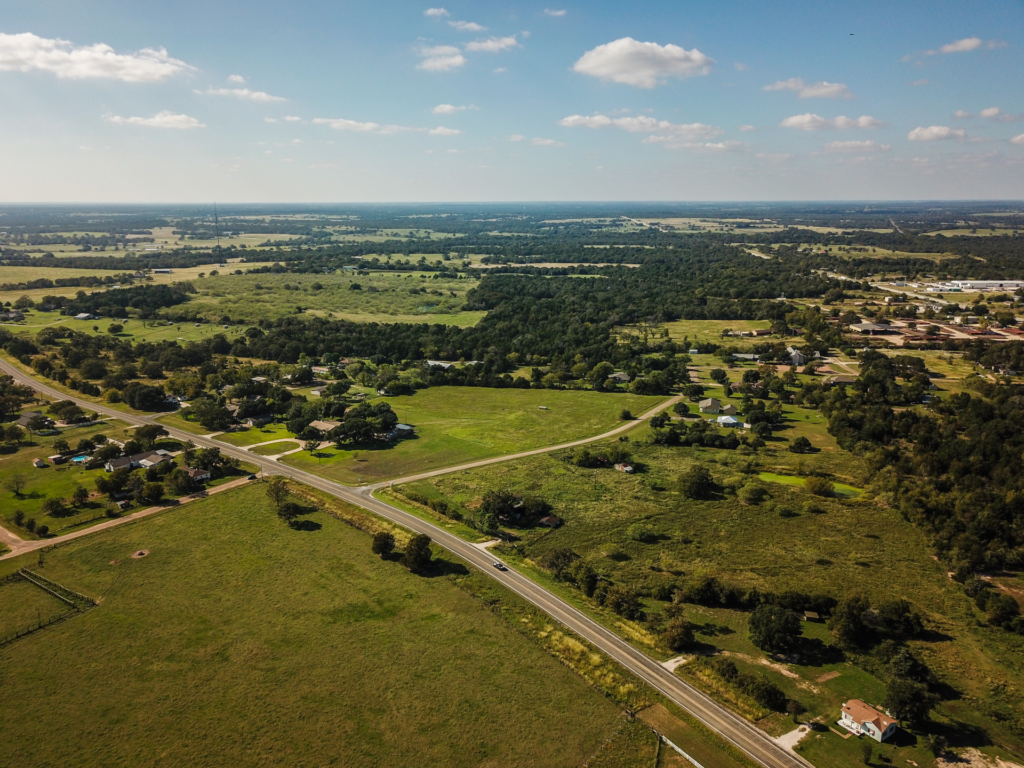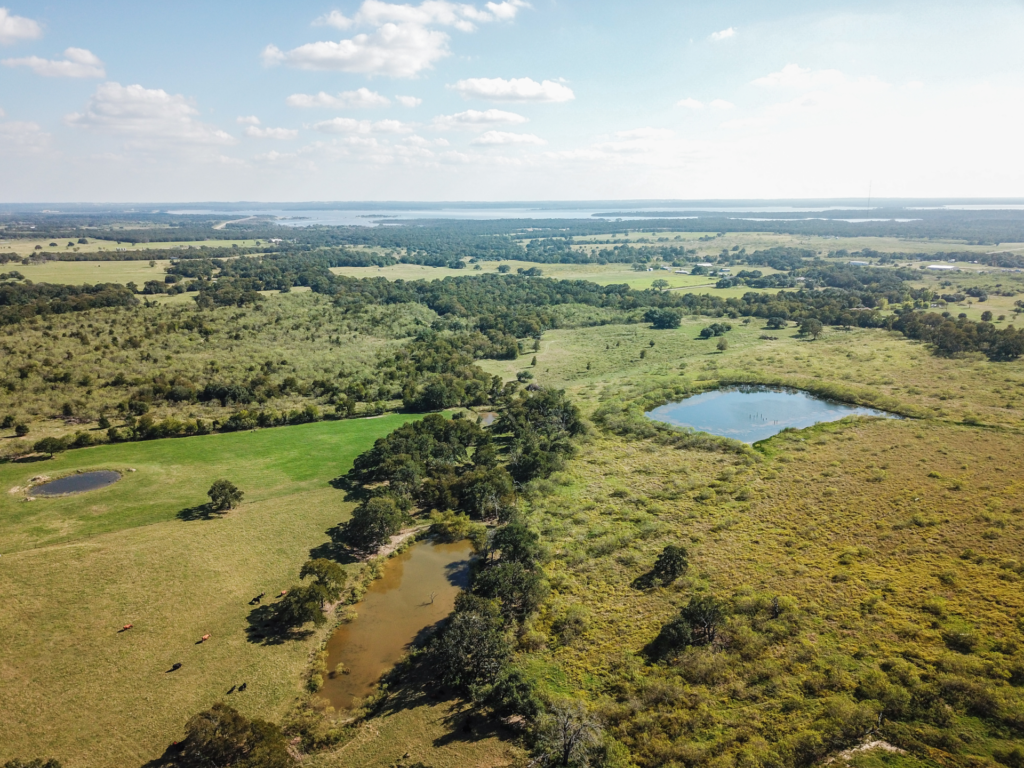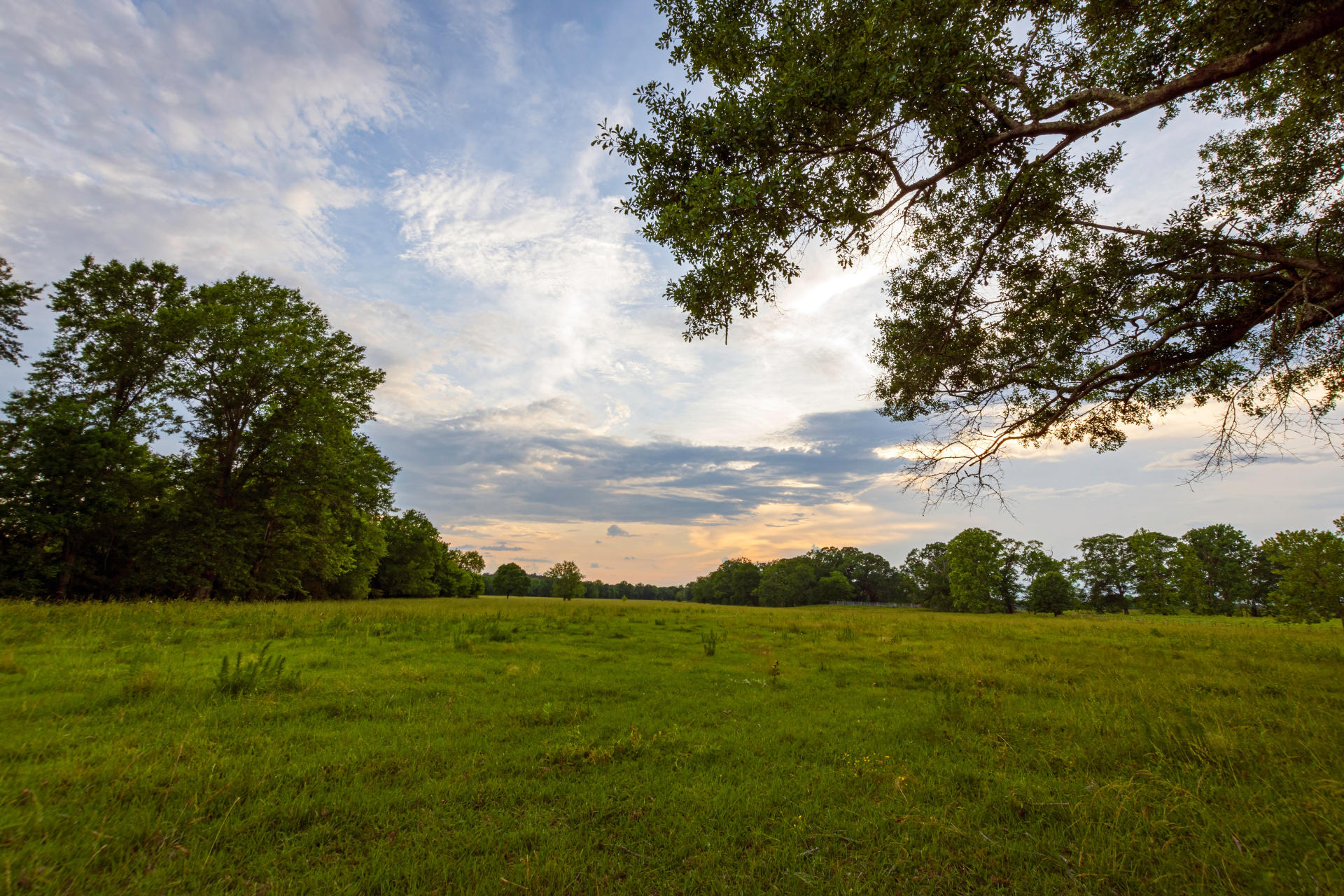Understanding the value of land can be a complex task, especially with factors ranging from market trends and buyer interest to more technical data like soil productivity and zoning restrictions. In a recent interview with Ben Maddox of Acres.com on the American Landowner Podcast, Maddox shared insights on methods and tools to accurately assess land value in a dynamic market. As the leader of business development at Acres, a digital platform dedicated to rural property research, Maddox provided practical advice for landowners aiming to make informed decisions on pricing and selling their properties.
How to Find Out the Land Value of a Property
The first step in valuing land involves conducting a well-rounded market analysis. “Your first number out of the gate is what everyone is going to mentally anchor to when you list that property,” Maddox explains. Setting an accurate initial price sets the tone for negotiations and buyer perceptions, making it essential to ground your starting point in local market data. Platforms like Acres.com give landowners access to a variety of essential information, from comparable sales and owner records to GIS data, so landowners can make data-driven pricing decisions.
What Data Do I Need for a Land Value Estimate?
An accurate estimate requires a range of data points. To get a clear picture, landowners need to consider recent comparable sales, local buyer trends, and specific property details such as acreage, soil quality, and unique environmental factors. “There’s this whole category of information that I would put in the category of descriptive information,” Maddox adds.

When determining a property’s value, developers take into account factors such as zoning regulations, proximity to infrastructure, and long-term economic growth.
Descriptive data might include details about the property’s irrigation systems, timber types, or any structures present. Gathering this information gives buyers and sellers alike a more nuanced understanding of the land’s market potential.
Land Valuation Methods
- Market Analysis and Comparables: A comprehensive review of comparable sales is critical. Acres.com streamlines this process by offering detailed data on recent land transactions, nearby large landowners, and regional market trends. “You have to dig into the data to understand what’s actually comparable for your specific property,” Maddox advises, cautioning against relying on surface-level comparisons that may overlook critical differences.
- Building Local Connections: Maddox also recommends getting a feel for local buyer interest, noting that property owners benefit from gauging what locals are willing to pay. “When I see things go off the rails, it’s either because they haven’t done enough research or they haven’t built that network of local people,” he says, highlighting the need for both data and relationships to set a fair market price.
- Cautious Use of Automated Valuation Models (AVMs): While automated tools can be a helpful starting point, Maddox warns that they’re often limited when it comes to more complex properties. “There’s a narrow subset of counties where automated valuations can work reasonably well, but that all kind of falls apart once you get into more complicated geographies,” he explains. Certain regions, like California’s agricultural areas, require a deeper look at factors such as water rights, crop types, and environmental restrictions, which AVMs aren’t always able to handle.
Land Valuation FAQs
How Much is My Land Worth to a Developer?
For land with potential for development, Maddox points out that value can often be higher than typical market rates. Developers consider factors like zoning, proximity to infrastructure, and long-term economic growth when valuing land. “High-demand properties can sometimes surprise you in terms of market reaction,” Maddox says, adding that knowing the zoning and market conditions is crucial to accurately valuing development land.
Should I Include Equipment in the Land Value?
Equipment is typically valued separately, but when it directly contributes to the land’s functionality—like irrigation systems on farmland—it may be factored into a buyer’s offer.

Landowners should evaluate recent comparable sales, local buyer trends, and property-specific factors—like acreage, soil quality, and unique environmental features—to gain a clear picture.
Including specialized equipment as part of the package might appeal to specific buyer segments, making the property more attractive.
How to Value Land in the Current Market
Maddox emphasizes that valuing land today requires a nuanced understanding of both current and historical data, particularly with factors like inflation, interest rates, and political climates shifting regularly. “Landowners must look at a range of market indicators—like interest rates or commodity prices—because these can have a huge impact on property values in a short period,” he says. Utilizing a platform like Acres.com allows landowners to stay on top of these changes, from monitoring pricing trends to identifying local market shifts.
Key Takeaways
Valuing land accurately requires balancing local knowledge, data from comparable properties, and an understanding of broader market conditions. With the right tools, landowners can avoid common pitfalls like overpricing or relying solely on automated valuations. Maddox’s advice underscores the importance of using digital platforms and connecting with local buyers to ensure land is priced correctly and prepared for a successful sale.


